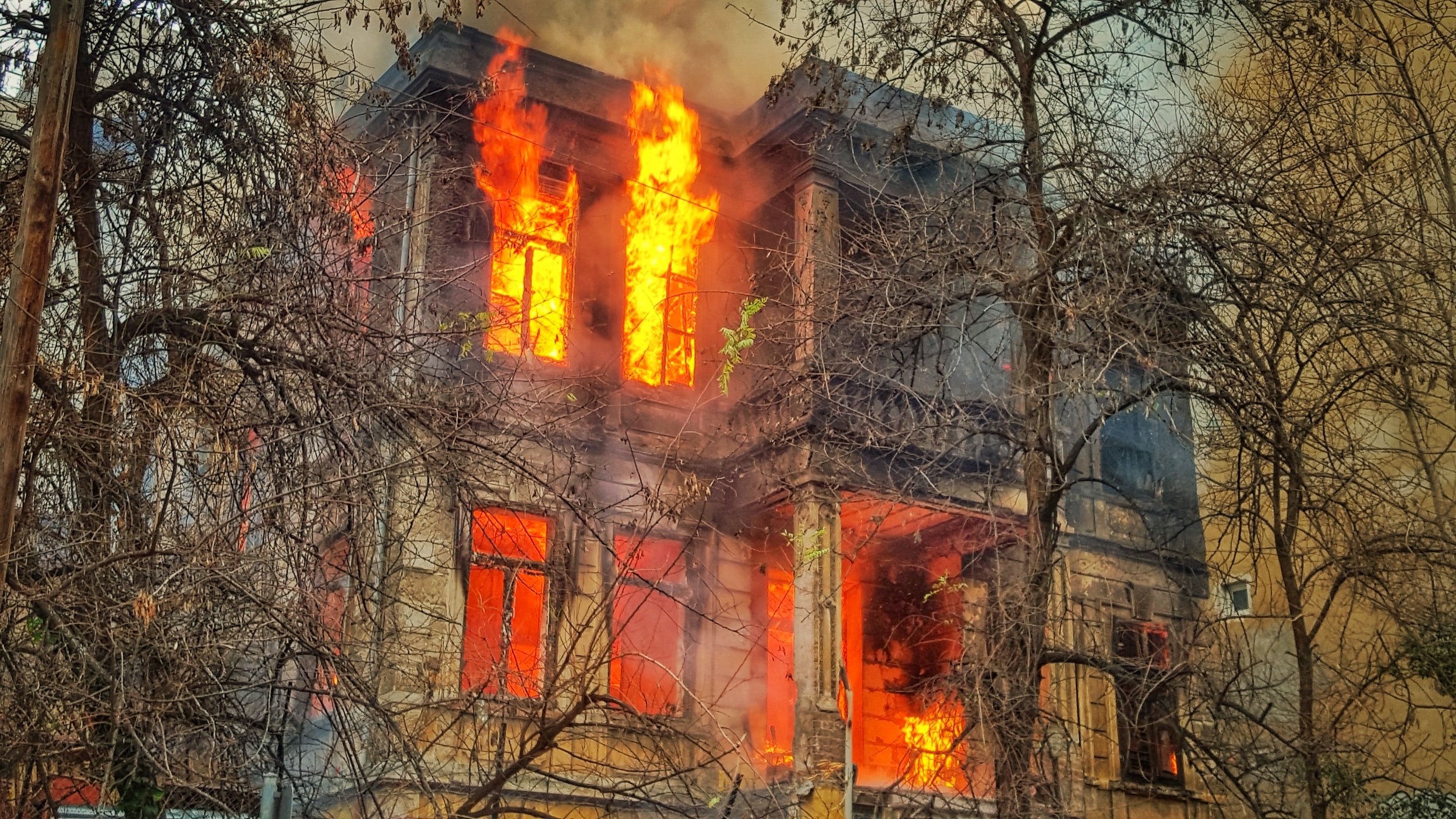Post-Traumatic Stress Disorder
“Being traumatized means continuing to organize your life as if the trauma were still going on—unchanged and immutable—as every new encounter or event is contaminated by the past.”
After experiencing or witnessing a traumatic event, it is normal to feel scared, sad, anxious, or disconnected. However, if these feelings don’t fade, you may be suffering from Post Traumatic Stress Disorder (PTSD). PTSD can develop following any event that makes you fear for your safety—especially if the event is uncontrollable or unforeseeable. PTSD can develop at any time—even years after a traumatic event. Symptoms of PTSD are often persistent, severe, and can take a toll on your day-to-day life, so it is important to seek out help as soon as you can. PTSD can be successfully treated; you can feel hopeful instead of hopeless! Feel free to contact me if you have any questions that are not answered by the information on this site.
PTSD can be caused by “exposure” to any situation that feels uncontrollable and awful, and is not limited to being exposed to death, catastrophe, war, serious injury, or sexual violation. The exposure can be felt in more than one way: by directly experiencing the traumatic event, by witnessing the traumatic event, by learning that the traumatic event occurred to a close family member or friend, or by experiencing first-hand, repeated exposure to unpleasant details about the event.
PTSD has many causes and contributing factors such as:
Serious road accidents
Serious health problems
Violent physical or sexual assaults
Abuse (verbal, physical, social)
Combat exposure (war or extreme, repetitive conflict)
Death of someone you knew or loved
Witnessing murder or abuse
PTSD Risk Factors
Although trauma exposure is the main risk factor, there are additional factors that influence who ultimately experiences PTSD. It is almost impossible to determine who will experience PTSD after trauma exposure and who won’t, but it is important to consider all risk factors when assessing the likelihood that you or your loved ones may be suffering from it.
Symptoms of PTSD
Symptoms of PTSD may emerge as early as one day after the traumatic event, but they sometimes emerge later, even years after the event. PTSD symptoms are generally grouped into four categories: re-experiencing (intrusive) symptoms, avoidance symptoms, arousal and reactivity symptoms, and cognition and mood symptoms. A trained health care provider can determine whether your symptoms meet the criteria for PTSD and develop an appropriate treatment plan to help you heal.
PTSD can be successfully treated; it’s never too early or too late to seek help. Effective psychotherapy can help relieve your symptoms and heal, teach you valuable coping skills, and improve your quality of life. Contact me if you have any questions about your symptoms or suitability for treatment, or to obtain resources that may help you feel better.








